

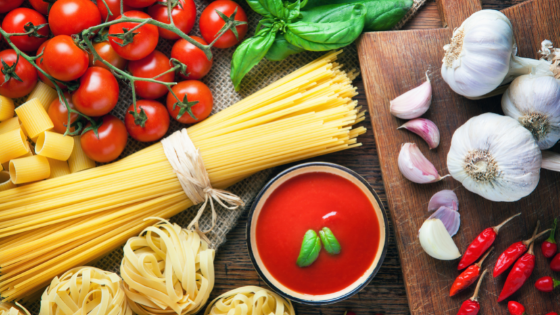
Italian cuisine is a subgroup of Mediterranean cuisine, which is often regarded among world’s healthiest diets.
If you’re thinking how pizza and other dishes in the cuisine can be healthy, the explanation is that it comes down to making the correct nutrition & calorie choices, just like it does with any other cuisine.
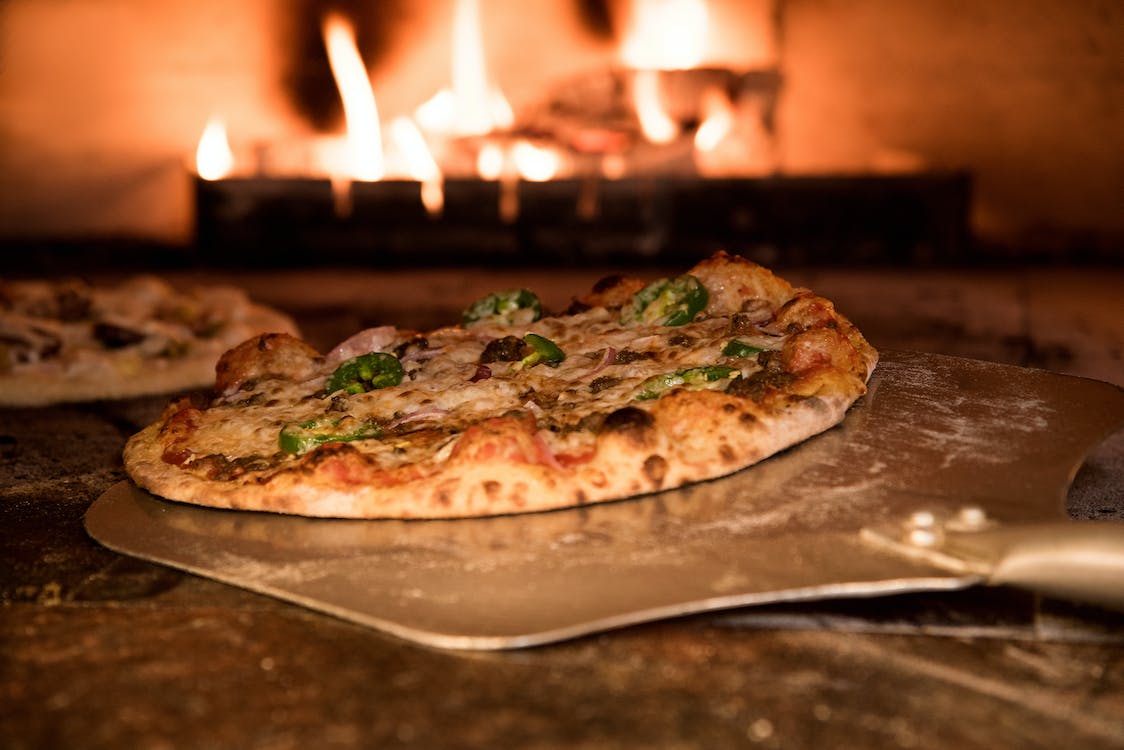
Continue reading to learn how to choose the healthiest Italian cuisine!
For the Starters
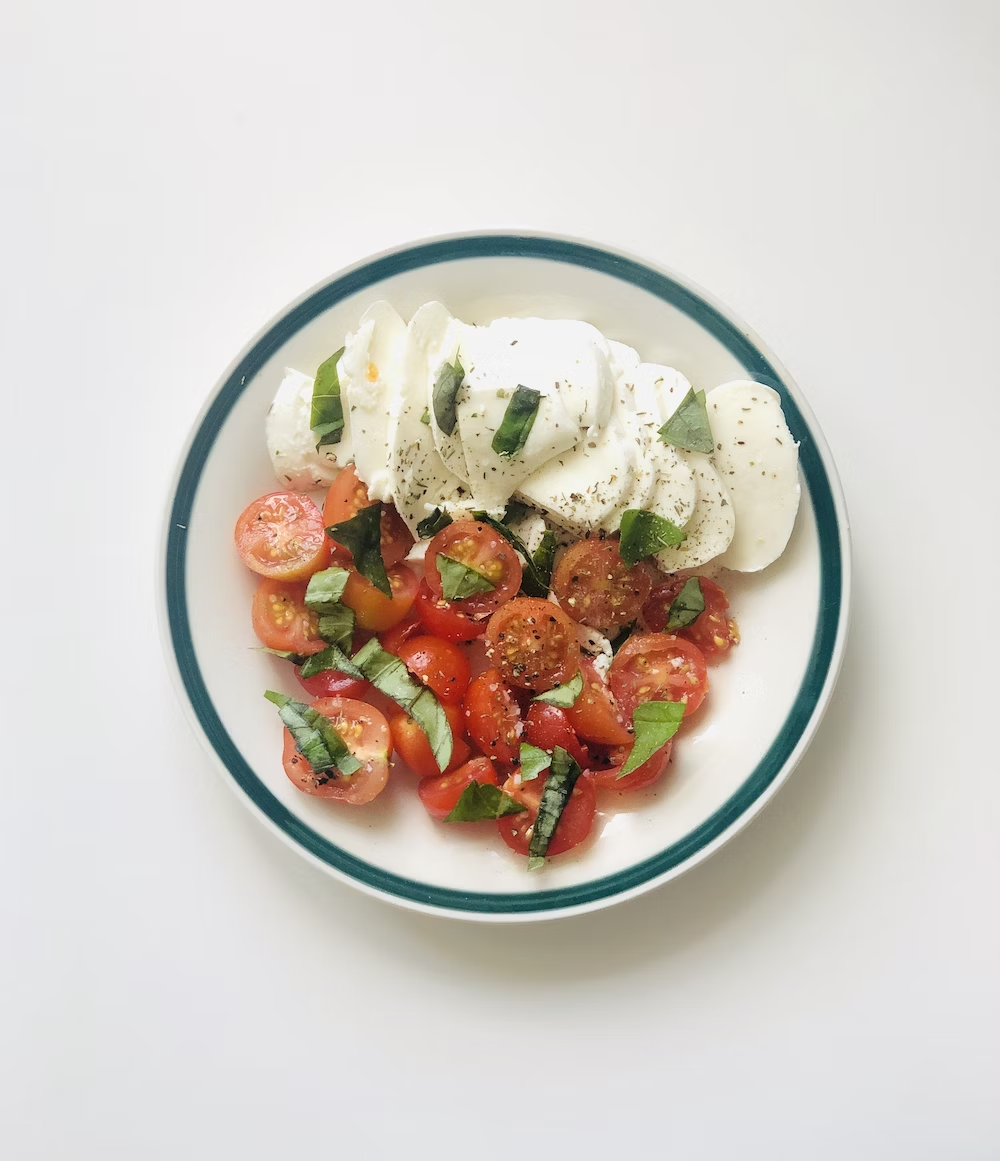
Because Italian food makes extensive use of tomatoes and dark leafy greens, a salad or soup is a great starter or side dish. Leafy greens contain nutrient-dense pigments such as glucosinolates and carotenoids, while tomatoes contain lycopene, a carotenoid that protects your skin from the inside out by fighting free radicals created by UV rays.
If you aren’t a fan of salads, a platter of bruschetta will satisfy your tomato cravings. To obtain more fibre from your meal, ask for whole grain bread if you have the choice. Another advantage of this appetiser is that it contains garlic, which has numerous health advantages, particularly for the heart.
However, this would not apply to garlic bread because the garlic must be roasted during preparation, which may lose some of the benefits.
Main Dishes
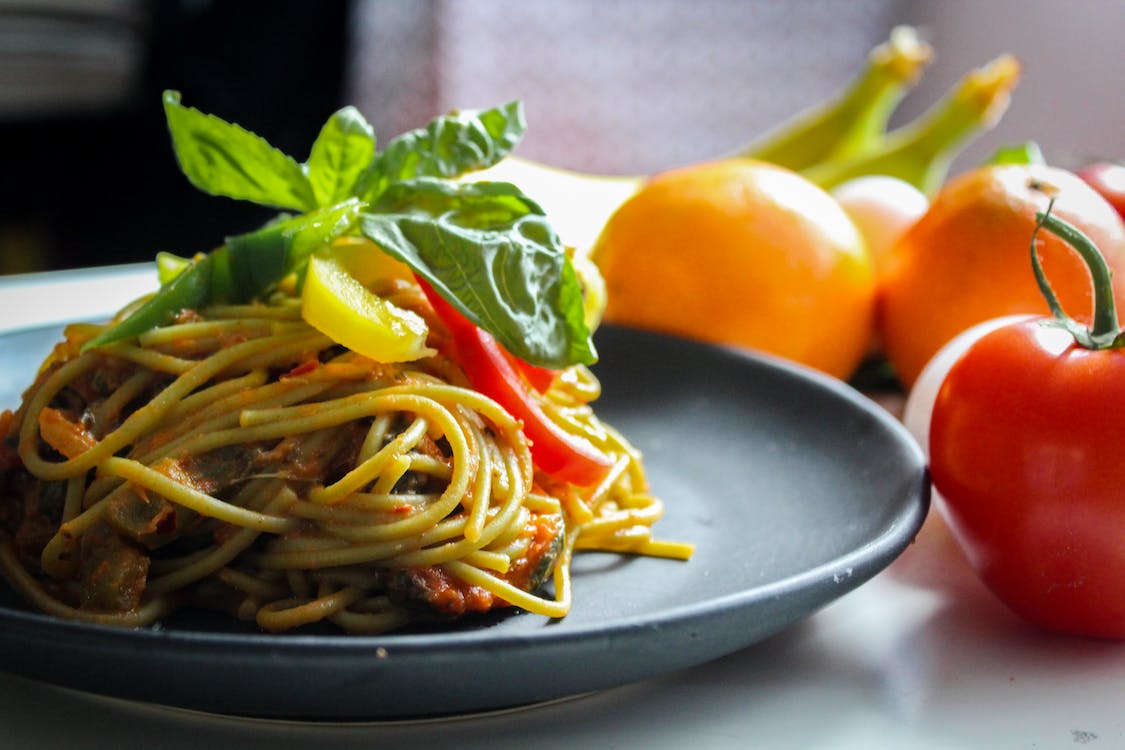
Grains:
Fusilli, Spaghetti, Fettuccini , Penne, and other grains are examples. Many of these pastas, like couscous, are prepared from durum wheat semolina (sooji) flour, which is heavy in protein and gluten (but not to be afraid of if you don’t have a gluten allergy or intolerance).
Alternatively, choose whole grain pasta for a heart-healthy meal, as the fibre in the pasta helps to lower harmful cholesterol in the blood. For pizza fans looking for more nutrition per calorie, a whole grain foundation is also available.
Toppings & Stuffings:
Stuffed pastas, such as Tortellini and Ravioli, contain pureed vegetables or ground meat, which provide a good source of protein. These are frequently stuffed with mushrooms, which are a vegetarian source of vitamin D and other nutrients.
The Italian cuisine is rich in seafood due to the country’s coastal setting. Seafood pasta, which is frequently laden with prawns,squid and mussels may give good fats like omega-3 and protein.
However, certain shellfish can be rich in salt, so if you have high blood pressure or are allergic to seafood, stick to lean proteins like chicken instead.
Cheese:
Without cheese in the sauce or as a condiment, Italian cuisine is almost incomplete. Thankfully, it is a very nutrient-dense food. Calcium and vitamin K2, for example, are critical for bone health. It also contains conjugated linoleic acid, which has a number of health benefits (including anti-cancer properties) and may help with weight loss in small doses.
However, because cheese contains a lot of calories, it’s critical to eat the proper quantity of the right cheese.
Because of the wide range of options, selecting a healthy cheese can only be done using broad recommendations. Fresh cheeses, such as cream cheese and cottage cheese, contain more carbohydrates than aged cheeses.
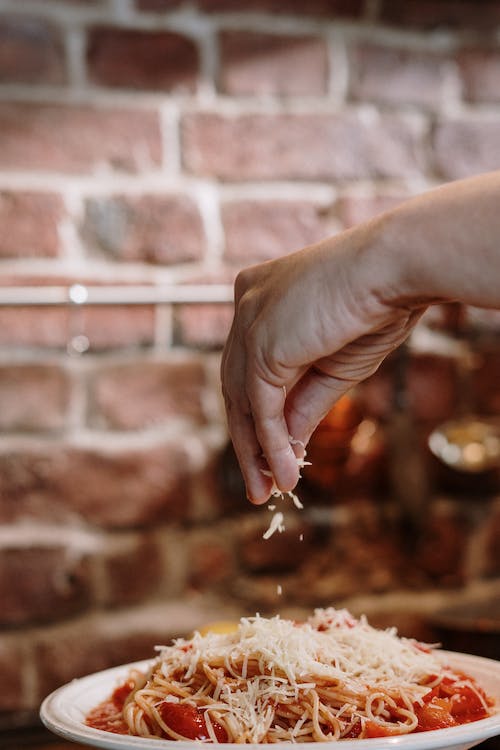
Ricotta cheese contains 14 gm of protein and a quarter of your daily calcium requirements in a half-cup meal. Parmesan cheese is low in salt and high in protein. Both are, thankfully, consistent in Italian cuisine.
Stick to around half a cup of cheese, whatever you pick.
Sauces:
Given the amount of calories they normally contain, a non-creamy pasta sauce is the best option. Pesto, which is made with pine nuts, garlic, basil, olive oil, and Parmesan cheese, has a smooth texture and is high in nutrients, including healthy fats.
Wines, which include resveratrol and flavonoids, which are antioxidants found in plants, are regularly incorporated into pasta sauces. An Italian supper is enhanced by a glass of red wine brewed with these free-radical defusers.
Few More Tips:
Because of their flavour and high level of vitamin E and flavonoids, crushed almonds can be a wonderful substitute for cheese as a topping if you’re attempting to cut down on cheese.
Spices can help to enhance the flavour of your main courses while also adding nutrients without adding calories. In Italian restaurants, freshly ground black pepper and red chilli peppers (in the form of chilli flakes and perperoncino) are common condiments. These have intriguing health benefits; for example, black pepper can help the body absorb more nutrients from diet.

According to one study, eating an Italian diet reduces inflammation and raises Vit E, Vit A and levels in the blood. This could explain why Italians have a lower risk of heart disease, metabolic disorders, some malignancies, and other age-related degenerative diseases (such as Alzheimer’s disease) than other Europeans.
Italian cuisine can be as healthy as it claims to be if we chose our meals carefully.
Consult an expert nutritionist on my team at +91-9743430000 who can help you understand and identify foods that works best with your body and help you achieve your health goals.
Ryan Fernando is an Award-winning celebrity Sports Nutritionist with 2GUINNESS world record and 2 Olympic medals under his belt. His client list include Olympic wrestler Sushil Kumar, cricketer Shikhar Dhawan & bollywood superstars Aamir Khan & Abhishek Bachchan. He is Chief Nutritionist at QUA Nutrition Signature Clinics.
©2023 All Rights Reserved Ryan Fernando. Designed and Developed by Floral Web Services